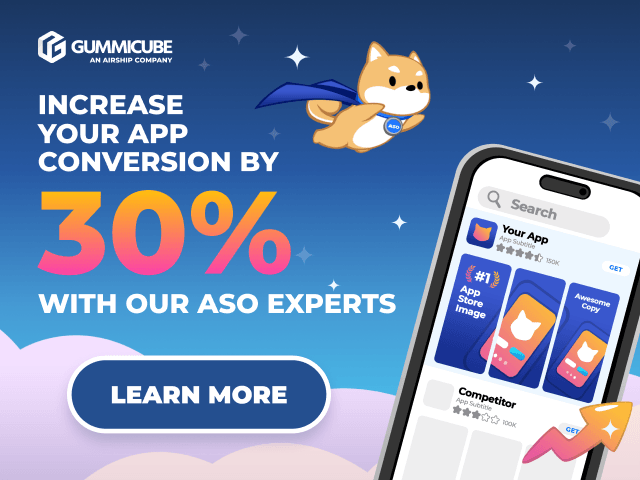
Challenges for growth marketers are more numerous and more complex than ever before. Competition for new users has become more intense, traditional acquisition channels have become saturated, and people are downloading fewer apps than ever before. At the same time advertisers are aggressively searching for effective acquisition channels outside of traditional social and search.
As the barriers to acquisition get higher, more growth managers are turning to in-app – and specifically in-game – inventory to market their apps, with many of them finding success by leveraging hyper-casual games in specific. In this piece we will explore why this channel adds value to the UA mix, and look at some of the data behind why hyper-casual games provide the perfect environment for app marketing campaigns.
Hyper-Casual Games: the Path to New Users
Hyper-casual games, which consistently top the app markets’ download charts, are defined as games that offer simple, “tap-to-play” mechanics. Their broad appeal has made them the most popular type of game – 78% of all games downloaded in 2019 were hyper-casual games according to Sensor Tower – reaching a diverse demographic audience.
One of the key metrics used to evaluate supply effectiveness is the number of installs per thousand impressions, or IPM. Looking at IPMs across different types of supply sources, hyper-casual games, on average, saw significantly higher IPMs – 2x higher than dating apps and 5x higher than strategy games. When looking at UA campaigns for education and wellness apps, hyper-casual inventory drove high IPMs and delivered signup rates that achieved or exceeded the app’s subscription KPI targets. On some campaigns, the cost per acquisition (CPA) on hyper-casual games has been half of the cost of acquiring new users on social.
Three key factors sit at the heart of hyper-casual’s success at driving installs: the mindset of the player while in-game, the player’s expectations of the ad experience, and the potential for powerful creative executions.
The Gaming Mindset
A player’s mindset and mood while they are in a hyper-casual game environment impacts both their receptivity to advertising messages and their willingness to sample new things. Scientific research has demonstrated that playing casual games has a measurable positive impact on mood. Players utilize them to “take a break” from their daily activities and to decompress, and importantly, they see advertising as part of the overall free-to-play game experience and are conditioned to expect those messages.
Expectations for the In-Game Ad Experience
In hyper-casual games, interstitial videos and rewarded video ads (where the ad is initiated by a user in order to get some kind of in-game currency) are some of the most popular ad integrations. Both of these ad units occur at natural breaks, such as at the end of a level, and in free-to-play games, players have come to expect that they’ll watch an ad in order to progress in the game. As a result, ads in hyper-casual games appear at an organic time for the player to “check out” another experience, such as a new app to download.
Game within a Game
In scrolling-based experiences, ads are typically limited to static images and in-feed video playing without audio in a smaller ad unit. Advertisers have a very limited framework within which to capture the user’s attention and tell the story about their products.
Ads within games – hyper-casual games in particular – provide a much more dynamic experience, by offering high impact full screen videos or interactive ads that fully engage users’ attention. The majority of ads in games today involve some level of interactivity and this is where advertisers see the most success. This can be an interactive end card after a video, or a fully interactive experience that allows users to demo some functionality of the app prior to download and install. For advertisers, beyond the increase in impact and recall these interactive creatives generate, they also provide a wealth of data and optimization opportunities over and above the standard (and often limited) performance metrics marketers are accustomed to from search and social.
Embracing the Gaming Audience
Even when growth marketers hear about the incremental growth they can unlock from gaming audiences, many are skeptical that this audience will be appropriate for their particular category.
It’s essential to understand that the people who play hyper-casual games are the same people who use Instagram, listen to Spotify, and read news apps. ironSource sees over seventeen million hyper-casual games installed every day, and last year hyper-casual titles had 810M MAU according to attribution provider Tenjin. Games are often tied with social media for time spent on mobile devices, and ironSource typically runs over 1.5B impressions on hyper-casual games every day, totaling 450M+ video completions – achieving a kind of global scale unmatched by most other mediums.
Hyper-casual gamers are open to trying new apps, in a positive and playful mindset, and eager to engage with creative ad experiences. The hyper-casual audience is massive and includes every type of potential customer. By reaching users in the hyper-casual setting, growth marketers can add a powerful new channel to their acquisition strategies.












